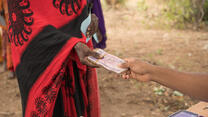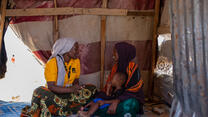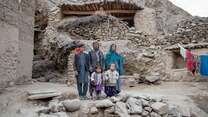The ubiquity and scale of mobile networks has made them attractive delivery channels for many types of humanitarian assistance. As mobile technology spreads, connectivity and devices are increasingly accessible to vulnerable populations and serve as a valuable tool for delivering life enhancing services and information. Today, millions of dollars of cash assistance are being delivered via mobile money, supplanting traditional methods of transporting and delivering cash.
Such shifts have required humanitarian organizations to change their internal priorities, strategies and processes, and necessitated partnerships with new entities, including mobile network operators (MNOs), to deliver life-changing interventions more effectively. At the same time, humanitarian organizations must ensure these new forms of digital humanitarian assistance are suitable for the vulnerable people they serve and meet their unique needs.
Digitizing humanitarian assistance is no easy feat, and many humanitarian organizations are in the early stages of this process. Some organizations, such as the International Rescue Committee (IRC), have made impressive headway: as of September 2018, over a third of the countries where IRC operates deliver cash assistance digitally. The IRC has learned important lessons from its experiences in these countries, which can be shared with the humanitarian sector and mobile industry as they navigate their own digitization journeys.
This case study shares the IRC’s experience transitioning to digital cash assistance, with a focus on how they are leveraging mobile money platforms. It highlights critical success factors and challenges, and offers tangible examples of how these can play out in crisis-affected settings.
Authors: Jenny Casswell, Zoe Hamilton


